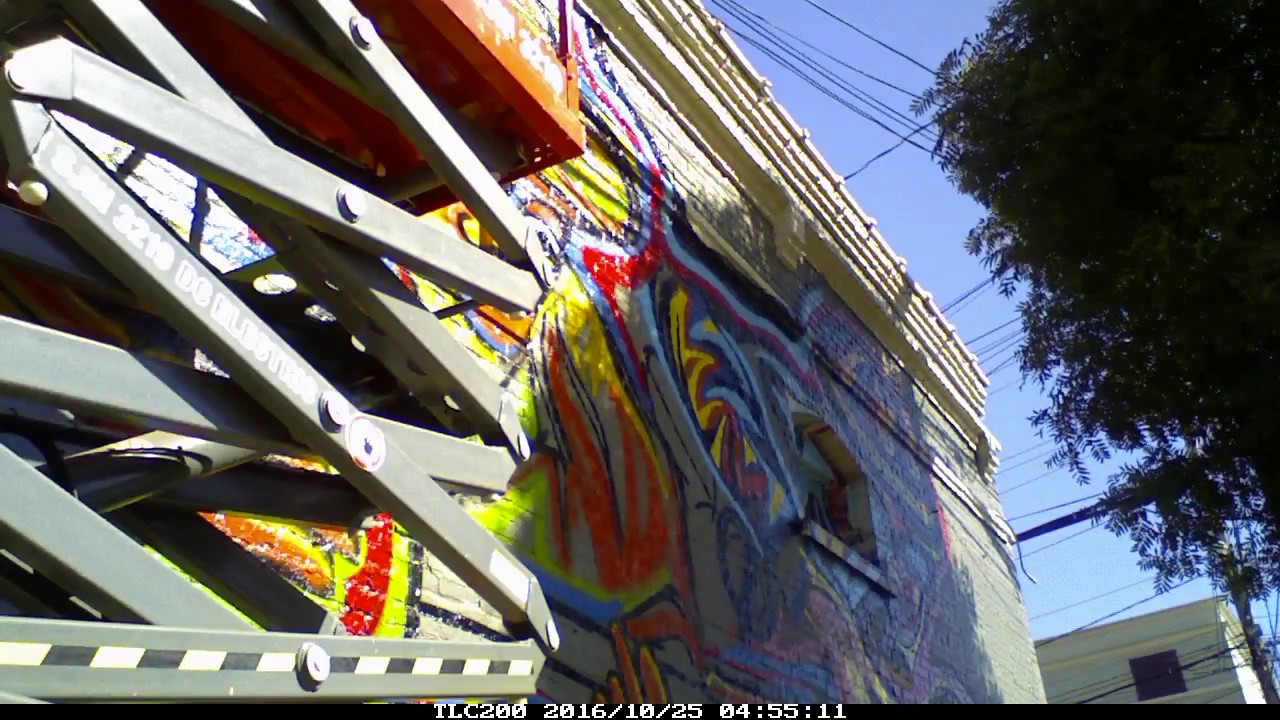On his return to New York in the early 1920s, Benton declared himself an “enemy of modernism”; he began the naturalistic and representational work today known as Regionalism. Benton was active in leftist politics. He expanded the scale of his Regionalist works, culminating in his America Today murals at the New School for Social Research in 1930-31. In 1984 the murals were purchased and restored by AXA Equitable to hang in the lobby of the AXA Equitable Tower at 1290 Sixth Avenue in New York City.[11] In December 2012 AXA donated the murals to the Metropolitan Museum of Art.[12] The Met’s exhibition, “Thomas Hart Benton’s America Today Mural Rediscovered.”[13] will run until April 19, 2015. They show how Benton absorbed and used the influence of the Greek artist El Greco.[14]
Benton broke through to the mainstream in 1932. A relative unknown, he won a commission to paint the murals of Indiana life planned by the state in the 1933 Century of Progress Exhibition in Chicago. The Indiana Murals stirred controversy; Benton painted everyday people, and included a portrayal of events in the state’s history which some people did not want publicized. Critics attacked his work for showing Ku Klux Klan (KKK) members in full regalia.[15] The KKK reached its peak membership in 1925. In Indiana, 30% of adult males were estimated to be members of the Klan, and in 1924 KKK members were elected as governor, and to other political offices.[16]
These mural panels are now displayed at Indiana University in Bloomington, with the majority hung in the “Hall of Murals” at the Auditorium. Four additional panels are displayed in the former University Theatre (now the Indiana Cinema) connected to the Auditorium. Two panels, including the one with images of the KKK, are located in a lecture classroom at Woodburn Hall.[15]
In 1932, Benton also painted The Arts of Life in America, a set of large murals for an early site of the Whitney Museum of American Art.[17] Major panels include Arts of the City, Arts of the West, Arts of the South and Indian Arts.[18] In 1953 five of the panels were purchased by the New Britain Museum of American Art in Connecticut, and have since been displayed there.
On December 24, 1934, Benton was featured on one of the earliest color covers of Time magazine.[19] Benton’s work was featured along with that of fellow Midwesterners Grant Wood and John Steuart Curry in an article entitled “The U.S. Scene”. The trio were featured as the new heroes of American art, and Regionalism was described as a significant art movement.[20]
In 1935, after he had “alienated both the left-leaning community of artists with his disregard for politics and the larger New York-Paris art world with what was considered his folksy style”,[4] Benton left the artistic debates of New York for Missouri. He was commissioned to create a mural for the Missouri State Capitol in Jefferson City. A Social History of Missouri is perhaps Benton’s greatest work. In an interview in 1973, Tom said, “If I have any right to make judgments, I would say that the Missouri mural was my best work”.[21] As with his earlier work, controversy arose over his portrayal of the state’s history, as he included the subjects of slavery, the Missouri outlaw Jesse James, and the political boss Tom Pendergast. With his return to Missouri, Benton embraced the Regionalist art movement.
source

